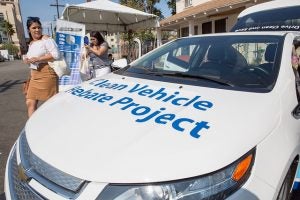 The Greenlining Institute partners with Environmental Defense Fund (EDF) and is a policy, research, organizing, and leadership institute working for racial and economic justice. They recently released a report highlighting how inclusive policy can make electric vehicles accessible to all. Here at EDF, we know clean energy policies cannot be truly transformative without accessibility across all income levels and among all communities. Indeed, that is the only way we will accomplish our goal of curbing harmful climate change.
The Greenlining Institute partners with Environmental Defense Fund (EDF) and is a policy, research, organizing, and leadership institute working for racial and economic justice. They recently released a report highlighting how inclusive policy can make electric vehicles accessible to all. Here at EDF, we know clean energy policies cannot be truly transformative without accessibility across all income levels and among all communities. Indeed, that is the only way we will accomplish our goal of curbing harmful climate change.
By: Joel Espino, Legal Counsel, The Greenlining Institute
State programs that help low-income Californians access electric vehicles (EVs) mark a big step in our fight against poverty and pollution.
Cars, buses, and trucks are the biggest source of global-warming pollution in California – creating nearly 40 percent of the state’s total emissions. This makes tens of thousands of Californians sick, costs us billions in avoidable health costs, and causes twice as many deaths as traffic-related accidents. Vehicle pollution hurts low-income neighborhoods and communities of color the most because they are more likely to be located near busy roads and freeways, exposing them to dangerous levels of pollution. Paired with the fact that low-income families spend a disproportionate amount of their income on gas and public transit fares, the substantial burden of transportation on our poor communities is clear.
However, if drawing on renewable energy, EVs have the potential to dramatically reduce pollution as compared to their gasoline-powered counterparts and save folks money. From well-to-wheels, EVs produce fewer emissions than gas-powered cars and are cheaper to power and maintain. That’s why in 2014 we at The Greenlining Institute worked with Communities for a Better Environment, Coalition for Clean Air, Environment California, and the Natural Resources Defense Council to pass the Charge Ahead California Initiative. This law works to place 1 million EVs on California’s roads by 2023 and ensure all Californians, especially lower-income households most impacted by pollution, can access clean cars.
We’ve learned a lot from implementing this initiative. Now, those lessons are illuminated in a comprehensive online tool, “Electric Vehicles for All: An Equity Toolkit,” to help policymakers and advocates make EVs a reality for underserved communities by providing tools, tips, and resources. In particular, five important steps can ensure EV benefits reach all communities: Read More »
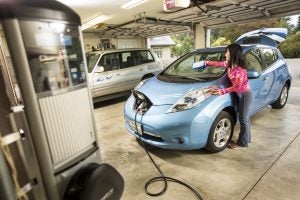 Americans are switching to cleaner cars and electricity. In addition to being smart purchases, these clean energy choices could be a political statement. Consumers are choosing to use their hard-earned dollars to show what they want: clean energy, a clean economy, and government policies that reflect their values.
Americans are switching to cleaner cars and electricity. In addition to being smart purchases, these clean energy choices could be a political statement. Consumers are choosing to use their hard-earned dollars to show what they want: clean energy, a clean economy, and government policies that reflect their values.









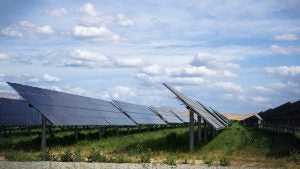 California is a leader, and has earned that title – it is the
California is a leader, and has earned that title – it is the 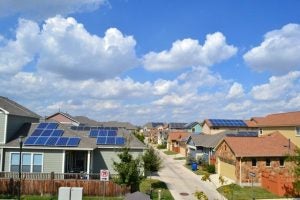 Distributed resources – like residential solar, storage, and electric cars – are becoming more mainstream every day. This presents new challenges for utilities and utility regulators who are struggling to capture their benefits, while balancing shareholder interests and reliability.
Distributed resources – like residential solar, storage, and electric cars – are becoming more mainstream every day. This presents new challenges for utilities and utility regulators who are struggling to capture their benefits, while balancing shareholder interests and reliability.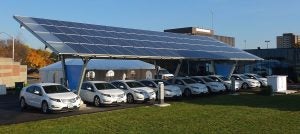 Customer interest and adoption of clean energy technologies, including
Customer interest and adoption of clean energy technologies, including  The Greenlining Institute partners with Environmental Defense Fund (EDF) and is a policy, research, organizing, and leadership institute working for racial and economic justice. They recently released a report highlighting how inclusive policy can make electric vehicles accessible to all. Here at EDF, we know clean energy policies cannot be truly transformative without accessibility across all income levels and among all communities. Indeed, that is the only way we will accomplish our goal of curbing harmful climate change.
The Greenlining Institute partners with Environmental Defense Fund (EDF) and is a policy, research, organizing, and leadership institute working for racial and economic justice. They recently released a report highlighting how inclusive policy can make electric vehicles accessible to all. Here at EDF, we know clean energy policies cannot be truly transformative without accessibility across all income levels and among all communities. Indeed, that is the only way we will accomplish our goal of curbing harmful climate change. 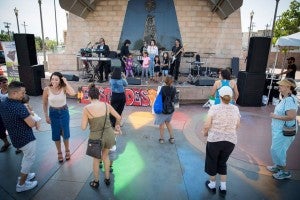 By: Luis Gutierrez, Senior Associate, Leadership for Urban Renewal Network (LURN) and
By: Luis Gutierrez, Senior Associate, Leadership for Urban Renewal Network (LURN) and